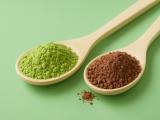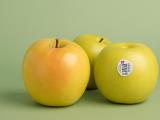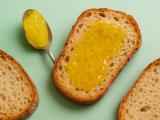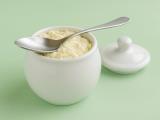The chestnut tree originally comes from the Balkans (northern Greece and the territory of the former Yugoslavia). It wasn’t until the 16th century that the tree spread throughout Europe and the world. People believed for centuries that chestnuts cured a wide variety of ailments, which is why there was a superstition that if someone carried three chestnuts in their pocket, they wouldn’t have to fear illness. But it wasn't until 1896 that chestnuts were seriously studied and accepted by official medicine, initially as a remedy for treating hemorrhoids.
What does this mean?
Today, we know that wild chestnut gel is a very useful addition to traditional treatments. It wasn't until after World War II that chestnut creams became popular, initially only in the U.S. Then, in 1973, a breakthrough occurred. In just one year, a whopping 13 extensive studies were conducted around the world, leading to a wide range of important clinical discoveries. Since then, wild chestnut gel has become a highly valued remedy, especially for vascular diseases.
Out of the many studies mentioned, five of them compared chestnut extract with standard medications (they didn’t even consider whether it might simply be a placebo effect). The result was far better than any medication achieved. Two studies compared chestnut gel with compression stockings, and even here, the effects of chestnut gel were significantly superior.
All studies showed that chestnut gel is incredibly beneficial for joint issues and vascular health. The "cement" between cells is broken down by lysosomal enzymes, leading to increased capillary permeability and edema (fluid accumulation in tissues). Various pharmacological studies have shown that aescin is the key component that inhibits these enzymes, reduces the size and number of small pores in capillary walls, and helps regulate fluid flow.
All these studies have proven that wild chestnut extract improves venous tone and helps increase the contraction of elastin fibers in the venous walls. This activity, called the venotonic effect, prevents the relaxation of venous tissue, which can lead to varicose veins.
It has also been proven that chestnuts help treat blood disorders such as chronic venous insufficiency (a condition where the veins cannot pump blood back to the heart, causing blood to pool in the lower limbs, leading to swollen legs). Most studies report short-term effects, but not long-term ones. However, this might also suggest that chestnuts don’t have side effects.
Chestnut gel cools and revitalizes the skin, soothes inflamed tissue, helps relieve swollen joints, eases leg pain, and even treats hemorrhoids. You can apply it several times a day and massage it well into the skin. Venous veins will become more resistant to environmental influences, both in summer and winter. The cream is also great for relieving neck, shoulder, and back pain, and you can even treat minor injuries with it.
And finally, the dilemma: what is the difference between regular and wild chestnuts? The first is edible, the second is highly medicinal. Even the flowers are used (chestnut oil is highly valued), chestnut honey is very good and healing, but the most medicinal are the fruits.
And don’t forget: it's healthy to eat only 85 grams of chestnuts a day, but you can enjoy a massage with the cream anytime.
Datum: 21. OCT 24 - GOOD TO KNOW
Chestnut Gel for Hemorrhoids and Varicose Veins
Are you on your feet all day? Do you have heavy and tired legs by evening? Are your joints swollen? We have a remedy for all of that. A natural remedy: wild chestnut gel.
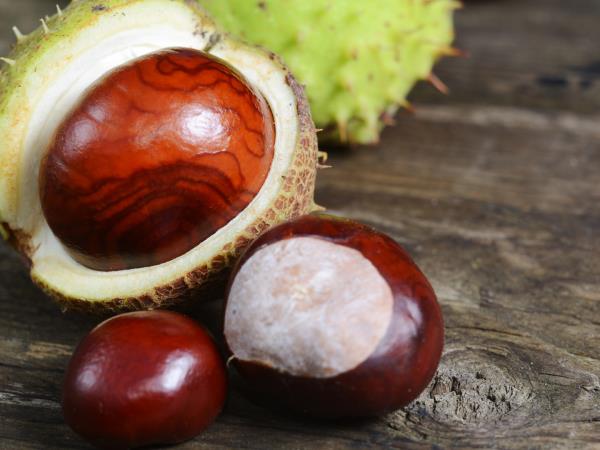
(fw)
 Would you like to be informed about news on the website?
Would you like to be informed about news on the website?
Just enter your e-mail
|
Copyright (c) Foodwhisper.com March 2018 |
π | Contact: info@foodwhisper.com |
About us | Facebook |  |




